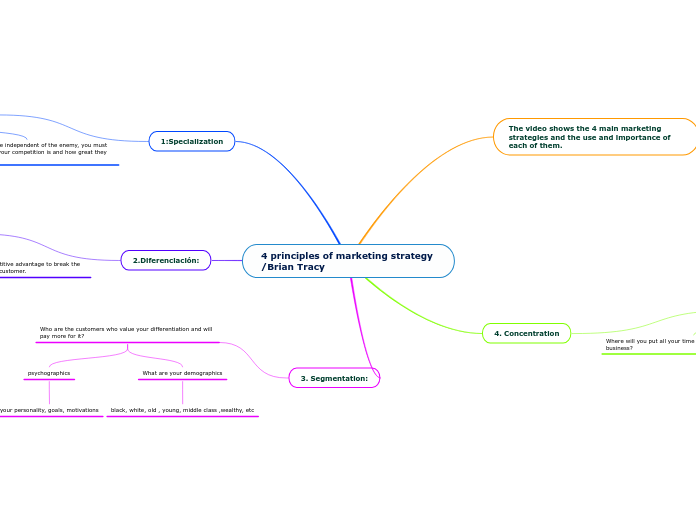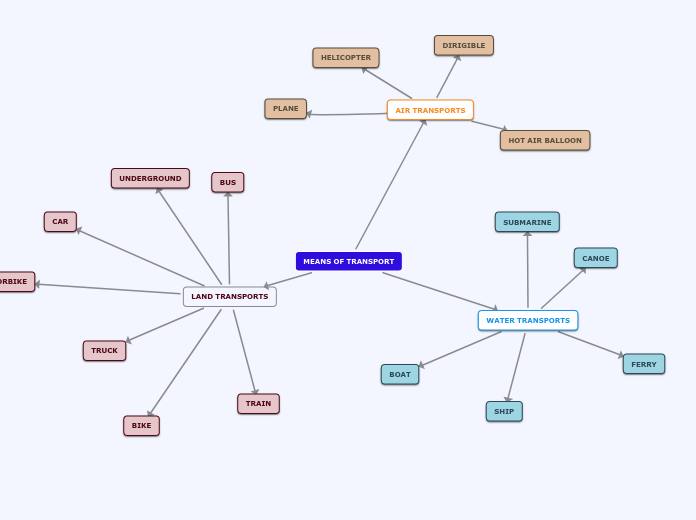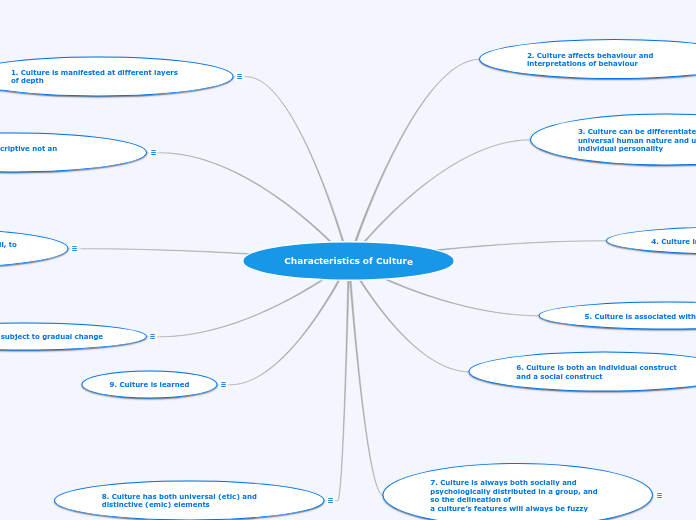Cell Membrane
Active Transport
Active transport is the movement of substances across the cell membrane that requires an input of energy from the cell. The process involves protein carriers within the cell membrane that act as pumps; these pumps move substances up the concentration gradient, so from an area of low concentration to an area of high concentration. Active transport occurs in digestion, the removal of waste, and nerve impulse transmission.
Primary active transport pumps move cations like H+, Ca+2, Na+, and K+; these pumps are identified by the ion or ions it transports. For example, a calcium pump transports calcium. For the pump to work the substance has to bind to the protein while ATP causes the protein to change shape and release the substance, now a new substance binds to the protein which releases ATP and changes the shape of the protein to then release the substance.
Secondary active transport uses the concentration gradient of an ion and the energy source from the primary pump to transport a second ion. It is achieved by two mechanisms, symport and antiport. Symport works by driving the ions down the concentration gradient and uses energy for the transport of another solute in the same direction. Antiport is the driving of an ion down the concentration gradient and provides energy for the transport of another solute in the opposite direction. It usually transports Na+ or H+.
Bulk transport is when a cell needs to move large quantities of substances into or out of the cell all at once; it uses ATP and there are two forms of transportation, endocytosis and exocytosis. Endocytosis works by trapping proteins and other substances in a depression of the plasma membrane. The depression surrounds the substance and pinches inward forming the endocytic vesicle. Phagocytosis transports phagosomes, pinocytosis transports vesicles, and receptor mediated endocytosis transports a coated vesicle. Exocytosis is how the cell removes things, the secretory vesicles, produced by the Golgi body move through and contact the plasma membrane; the contents then are released outside the cell, it is usually waste that is being transported.
Passive transport
Passive transport is the movement of substances across the cell membrane without the use of chemical energy. It is the process by which a substance passes through by concentration gradient, from an area of high concentration to low concentration. Passive transport is very important in maintaining homeostasis, the state where stable conditions are maintained inside a cell. To maintain the stable state that a cell needs the concentrations of salts, nutrients, and all the other substances have to be kept in certain ranges. To keep them within these ranges’ passive transport is needed to transfer substances across the membrane. Passive transport happens across cell membranes but is also used in the diffusion of gases across the alveolar membranes and the diffusion of neurotransmitters across the neuromuscular junction.
Simple diffusion is how substances move across a cell membrane from side of high concentration to side of low concentration; it continues until the concentration on both sides have equal concentration. The rate of diffusion depends on the solute concentration difference across the cell membrane, the larger the concentration gradient the faster the rate of diffusion. The substances that cross the cell membrane using simple diffusion are hydrophilic molecules like O2, CO2, and N2; small uncharged polar molecules like H2O and glycerol. An example of where simple diffusion is used is in carbon dioxide in your body; when you hold your breath for a short amount of time you will have the desire to breath which is caused by the accumulation of carbon dioxide in your bloodstream, lungs, and heart. When you breathe again the carbon dioxide diffuses out of your system.
Facilitated diffusion happens when some substances can’t pass through the cell membrane on their own; large uncharged polar molecules like glucose and sucrose. In facilitated diffusion, substances cross the cell membrane down the concentration gradient, so from high to low concentration with the help of integral membrane proteins called transport proteins. There are two different types of transport proteins, channel proteins that form hydrophilic pathways in the membrane allowing water and certain ions to pass through, and carrier proteins which bind to specific substances such as glucose or amino acids to transport them down the concentration gradient through the membrane by changing their shape. In facilitated diffusion the rate depends on the solute concentration, efficiency of transport proteins, and the number of transport proteins.
Osmosis is passive diffusion but with water across membrane, it always diffuses from an area of low solute concentration to an area of high solute concentration. In all living cells water will move into or out of the cell based on solute concentration outside the cell. Inward and outward movement of water by osmosis causes cells to shrink or swell. Isotonic conditions are when it is equal solute concentration outside of the cell and inside the cell so the cell stays the same shape because water is moving in and out at the same rate. Hypertonic conditions are when the solute concentration is higher outside the cell, which means higher water concentration inside the cell. The water particles then move out of the cell which shrivels up the cell, plasmolysis. Hypotonic conditions is when there is lower solute concentration outside the cell and higher water concentration outside the cell, which causes water to move into the cell which causes it to swell and burst, cytolysis.
Role and Structure
The phospholipid molecule contains two fatty acid chains linked to glycerol, phosphate group, or polar group. The polar head is hydrophilic and the non-polar tail is hydrophobic. In an aqueous solution, the phospholipid molecules form a bilayer, the primary role is to provide a barrier between the cell and its surroundings. Cholesterol is found only in the cell membrane of animal cells; its role is to maintain mechanical strength and stability of bilayer, it keeps fluidity of cell membrane consistent, and regulates permeability of cell membrane. Proteins have two different types, integral membrane proteins, and peripheral membrane proteins. Integral membrane proteins are embedded within the phospholipid bilayer and span the entire membrane, peripheral membrane proteins are on the surface of the membrane, most of them on the cytosol side; they include intermediate filaments, micro tubules, and microfilaments. The proteins are grouped into four categories, transport proteins which help move substances across the membrane, enzymatic activity proteins which are associated with processes such as respiration and photosynthesis, triggering signals which bind to specific chemicals such as hormones; binding triggers cascade of events within cell. Attachment and recognition are integral and peripheral proteins and attach to a range of cytoskeleton elements and also involved in cell to cell recognition. Carbohydrates can be linked to the lipid components of membrane forming glycolipids, protein components to form glycoproteins. The carb chains protrude outside of the cell and play a role in cell attachment and recognition and cell to cell interactions.
The primary function of cell membrane is to control what enters and exits the cell. It acts as a barrier; it brings in all of the things it needs while also removing the waste of the cell and making sure nothing it doesn’t need doesn’t enter. The main components of the cell membrane of the cell membrane are phospholipids, cholesterol, proteins, and carbohydrates. Fluid mosaic model is the idea that the cellular membrane consists of a fluid phospholipid bilayer and proteins that are embedded and can float around freely.









